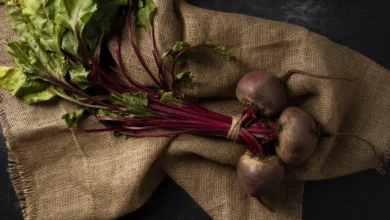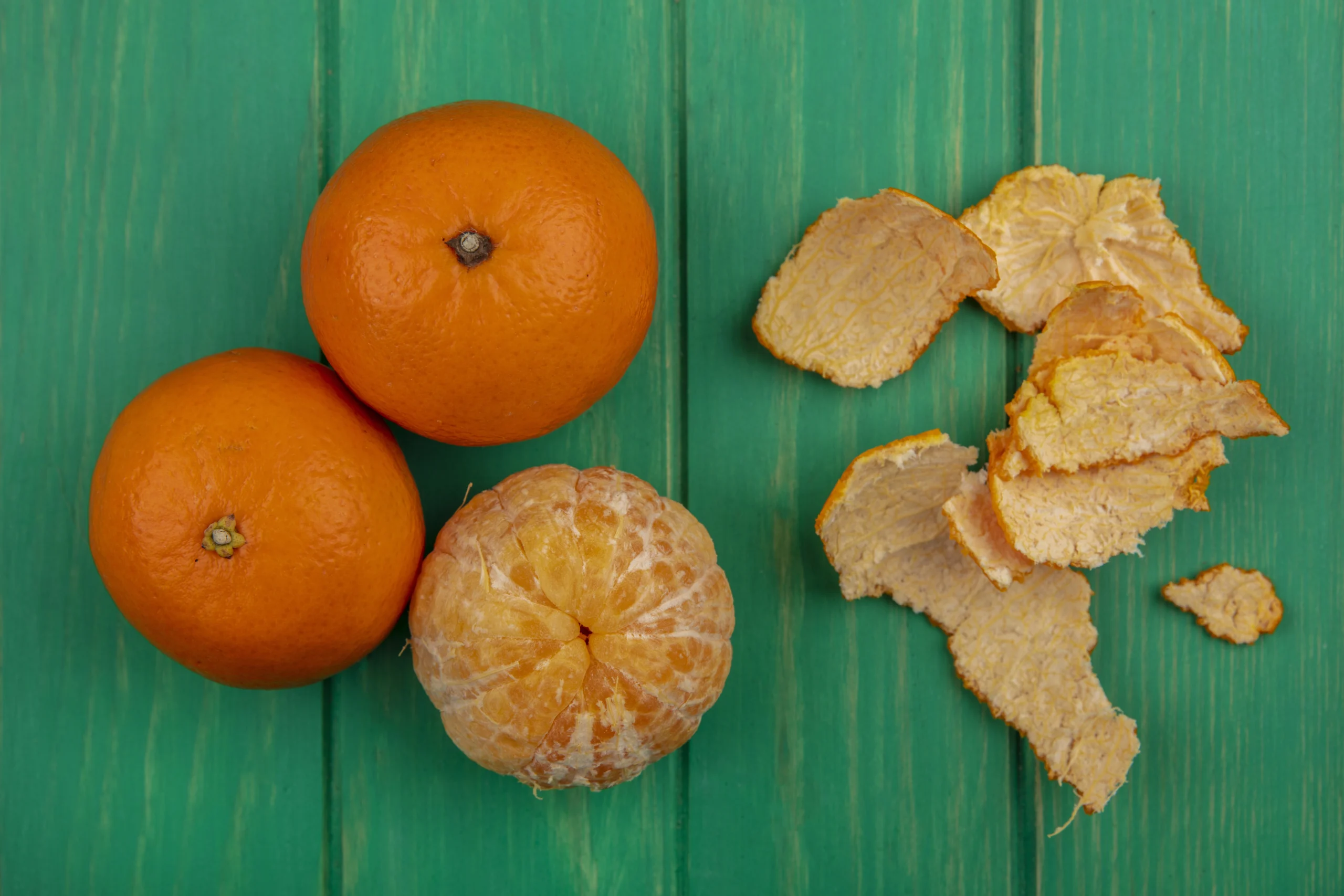Boiling Destroys It: Scientists Reveal the Healthiest Way to Cook Broccoli
For decades, broccoli has held its place as one of the most nutrient-rich vegetables available. It’s the poster child for healthy eating — low in calories, high in fiber, and brimming with vitamins, minerals, and antioxidants. But here’s a surprising truth that most people overlook: the way you cook broccoli can completely change its nutritional power.
While most people boil or microwave it without much thought, science now shows that one specific cooking method not only preserves its nutrients — it enhances them. So, what is the healthiest way to cook broccoli? Let’s dive into what the latest research reveals, and why you may need to rethink your usual approach.
Why Broccoli Is a Nutritional Powerhouse
Before we talk technique, it’s worth understanding why broccoli deserves your attention in the first place. This cruciferous vegetable belongs to the same family as cauliflower, kale, and Brussels sprouts. It’s packed with:
- Vitamin C, which boosts immunity and skin health
- Vitamin K, essential for bone strength and blood clotting
- Folate, important for cell growth and function
- Fiber, aiding in digestion and gut health
- Potent antioxidants, including quercetin and kaempferol
- Sulforaphane, a sulfur-rich compound linked to cancer prevention
Of these, sulforaphane is perhaps the most exciting. It has been shown to help fight inflammation, neutralize toxins, improve heart health, and even protect the brain. But sulforaphane is also fragile. And depending on how you cook broccoli, you could be wiping it out completely.
The Science: What Cooking Really Does to Broccoli
A 2022 study from Zhejiang University in China, published in Food Chemistry, put this question to the test. Researchers examined how four popular cooking methods affected broccoli’s nutrient levels:
- Boiling
- Steaming
- Microwaving
- Stir-frying
The goal was to assess which method best preserved sulforaphane and other antioxidants.
The Verdict? Boiling Is the Worst.
Boiling broccoli led to the greatest loss of nutrients, with some vitamins and antioxidants reduced by nearly 50%. The reason is simple: many of broccoli’s nutrients are water-soluble, meaning they leach out into the water during boiling — and are discarded when the water is drained.
In contrast, steaming came out on top. It preserved the highest levels of antioxidants and sulforaphane, with minimal degradation.
Microwaving and stir-frying fell somewhere in the middle — better than boiling, but not as effective as steaming.
Steaming: The Gold Standard
According to the study, light steaming — about 3 to 5 minutes — is the most effective way to preserve the powerful compounds in broccoli. This method protects sensitive nutrients while softening the tough outer texture, making it easier to digest without overcooking.
Steaming avoids direct contact with water and uses lower, indirect heat, which prevents the breakdown of sulforaphane and vitamin C.
Timing Matters
It’s not just about how you cook broccoli, but for how long. Over-steaming for more than 7 minutes significantly reduces nutrient levels. Researchers found that five minutes is the sweet spot — enough to tenderize the vegetable without destroying its compounds.
The Enzyme Behind the Magic: Myrosinase
To understand why this matters, you need to know about myrosinase, a plant enzyme naturally found in broccoli. When you chop or chew raw broccoli, myrosinase converts compounds called glucosinolates into sulforaphane — the superstar compound with antioxidant and anticancer properties.
Here’s the catch: myrosinase is highly heat-sensitive. If you cook broccoli immediately after chopping, the heat may destroy the enzyme before it has time to do its job.
The Fix? Let Your Broccoli “Rest”
Research shows that chopping broccoli and letting it sit for 10 to 90 minutes before cooking allows the myrosinase reaction to occur. That means more sulforaphane is created before the heat can destroy the enzyme.
Even a 10-minute rest on the cutting board makes a noticeable difference.
Should You Eat Broccoli Raw?
Yes — raw broccoli retains the highest level of myrosinase and sulforaphane. However, it comes with a caveat: some people experience digestive discomfort, such as bloating or gas, after consuming raw cruciferous vegetables. The fiber content, combined with certain compounds, can be harsh on sensitive stomachs.
Steaming offers a digestible, nutrient-rich alternative to raw consumption — and when done correctly, the difference in health benefits is minimal.
A Surprising Tip from Scientists: Add Mustard Seeds
This may come as a surprise, but researchers have found that adding mustard seeds or mustard powder to steamed broccoli can boost sulforaphane levels dramatically.
Why? Mustard seeds are rich in active myrosinase. When combined with cooked broccoli, they help recreate the sulforaphane-generating reaction that heat may have stopped.
This simple pairing — steamed broccoli with a sprinkle of ground mustard — can restore up to 80% of sulforaphane levels lost during cooking.
Expert Insight: What Nutritionists Are Saying
Dr. Amanda Keller, a nutrition scientist and functional medicine practitioner, notes:
“Broccoli is one of the most powerful foods we have for preventing disease — but only if it’s prepared properly. Steaming it lightly and allowing it to rest after chopping are small changes that make a big nutritional difference.”
She advises her patients to avoid boiling vegetables altogether, especially broccoli, due to its impact on antioxidant content.
What About Microwaving?
Microwaving is a bit of a gray area. While it uses minimal water, high heat and uneven cooking can still reduce antioxidant levels, depending on duration and power settings.
If you must microwave, use low power and short bursts — around 1 to 2 minutes — and avoid adding water.
Stir-Frying: Tasty, But Tricky
Stir-frying retains texture and flavor, but the high temperatures and use of oil can reduce sulforaphane significantly. If you choose this method, keep the heat moderate, cook for a short time, and avoid over-oiling the pan.
Combining stir-frying with mustard seeds or serving alongside raw broccoli sprouts can help restore lost nutrients.
How to Make the Most of Your Broccoli
Here’s a quick science-backed strategy to get the most nutrition from your broccoli:
- Chop and let rest for 10–15 minutes before cooking.
- Steam for 3–5 minutes, just until tender-crisp.
- Avoid boiling or overcooking.
- Add mustard powder or seeds after cooking to boost sulforaphane.
- Eat with healthy fats, like olive oil or avocado, to improve nutrient absorption.
Final Thoughts: A Small Shift with Big Results
Broccoli’s nutritional value is extraordinary — but fragile. How you prepare it can make the difference between feeding your body powerful, disease-fighting compounds and simply eating empty fiber.
Steaming, combined with a bit of resting time and a pinch of mustard seed, is the smartest, science-approved way to unlock broccoli’s full potential. These small, practical changes can help you turn a common vegetable into one of the most powerful foods on your plate.
If your goal is long-term health, reduced inflammation, and disease prevention, broccoli is your ally — but only if you treat it right.

Hello! My name is Alan Teixeira and I am passionate about helping people live healthier, more balanced lives. From mindful eating to daily habits that promote physical and mental well-being, I believe that small, consistent changes can lead to powerful transformations.
I created this blog to share practical tips, reliable information, and thoughtful insights that can inspire you to take better care of yourself—with balance, mindfulness, and positivity.
If you are looking to improve your health, nourish your body, and build a lighter, more fulfilling routine, you are in the right place. Welcome!





